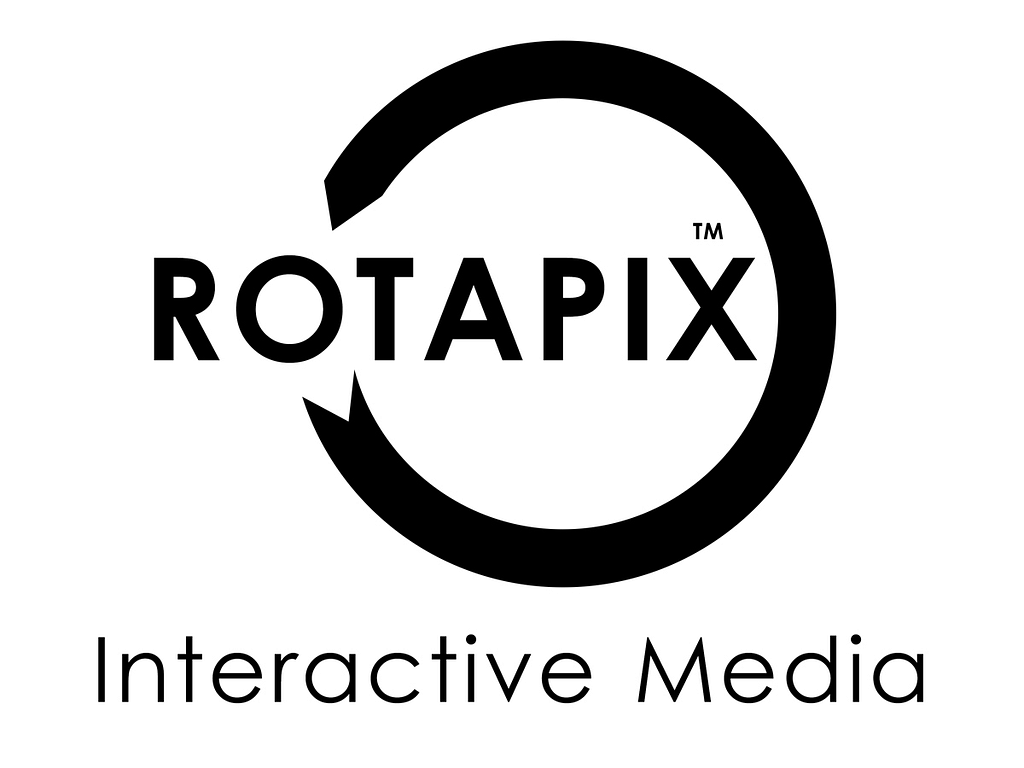First, let’s talk about SEO, or search engine optimization. SEO is a crucial tool for any digital marketing agency, including Rotapix, an Australian Search Marketing and Digital Marketing Provider. SEO makes websites more visible in search engine results, leading to increased traffic. Among the many components of SEO, one aspect that often gets overlooked is UI/UX design.
UI/UX stands for User Interface and User Experience. In the world of web development, UI/UX design focuses on the look and feel of a website. It ensures that users can navigate the site easily and find what they’re looking for. But, what role does it play in SEO?
Well, search engines like Google not only look at the content of a website but also how user-friendly it is. A website with good UI/UX design is more likely to rank higher in search engine results. Thus, UI/UX design becomes the unseen hero of SEO, a silent contributor to a website’s success.
UI/UX Best Practices for Effective Web Development
In the field of web development, there are certain best practices to follow when it comes to UI/UX design. A professional web design company, or even a proficient web design agency in Melbourne, for example, would know these rules.
Firstly, navigation should be simple. Users should find it easy to move around your website. Secondly, the design should be responsive, meaning it should work well on all devices, especially mobile devices. This is known as mobile web design. Lastly, the website should load quickly. Slow-loading websites are frustrating for users, and they tend to abandon such sites.
UI/UX Design’s Impact on Search Engine Marketing
Search engine marketing, or SEM, is a form of online marketing where you promote websites by increasing their visibility in search engine results. SEO is a part of SEM. When you improve the UI/UX design of a website, it can positively impact your SEM efforts.
For instance, a website that’s easy to navigate can lead to longer site visits, reducing the bounce rate. In turn, this can improve the site’s search engine ranking. By the same token, a responsive website can attract more mobile users, expanding your audience. So, it’s clear that good UI/UX design can boost your search engine marketing strategy.
Collaborative Efforts: Web Design Agencies and SEO Companies
Creating a website that looks good and performs well in search engines requires a team effort. Web design agencies work on the design aspect, focusing on creating a visually appealing and user-friendly website. On the other hand, SEO companies, like Rotapix, focus on improving the site’s visibility in search engines.
Both roles are vital for a website’s success. Hence, many online marketing agencies, like this digital marketing company, offer both web design and SEO services. These agencies understand how UI/UX design and SEO are interlinked and use this knowledge to create effective websites.
Adapting UI/UX Design for AI Ecommerce Integration
Looking towards the future, UI/UX design plays an increasingly significant role in the growing field of AI ecommerce integration. As businesses seek to stay ahead in the digital landscape, they’re turning to artificial intelligence (AI) to enhance their online platforms.
AI can be seen in chatbots that assist customers, recommendation algorithms that personalize shopping experiences, and automated processes that optimize backend operations. However, integrating these technologies in an ecommerce platform requires careful UI/UX design to ensure smooth functionality and a user-friendly experience.
Designers must create interfaces that make AI features easily accessible and understandable for users, such as chatbot prompts that are clear and intuitively located on the webpage. Similarly, product recommendation widgets need to blend seamlessly into the page design to not disrupt the browsing experience.
Moreover, a well-designed AI-integrated ecommerce site is favoured by search engines. Such websites provide high-quality user experience, reducing bounce rates and increasing time spent on site, factors that positively affect SEO. Hence, SEO agencies need to consider how AI integration influences their strategies.
What is the role of UI/UX design in SEO?
UI/UX design directly impacts how users interact with a website, which influences the site’s search engine rankings. A well-designed website with a good user experience can lower bounce rates, increase session durations, and improve conversion rates, all of which contribute to better SEO.
How does a web design agency factor SEO into their design process?
Web design agencies incorporate SEO by ensuring the site structure is easily navigable, the design is mobile-friendly, page load times are optimized, and content is easily accessible. They also consider the integration of keywords into design elements and make sure the site’s design is compatible with SEO guidelines.
Can improving UI/UX design boost search engine rankings?
Absolutely. Improving UI/UX design can lead to a better user experience, causing users to spend more time on the site, reducing bounce rates, and encouraging more interactions. These factors can boost a site’s search engine rankings as search engines perceive the site as high-quality and user-friendly.
What role does AI play in ecommerce and how does it impact UI/UX design?
AI plays a significant role in ecommerce through features like chatbots, personalized recommendations, and process automation. Integrating these AI features requires thoughtful UI/UX design to ensure they’re user-friendly and improve the user experience, ultimately impacting the site’s SEO.
How does mobile web design impact SEO?
With the increasing use of mobile devices, mobile web design has a significant impact on SEO. A mobile-friendly website improves the user experience for a large number of users, influencing search engine rankings. It’s also worth noting that Google uses mobile-first indexing, meaning it predominantly uses the mobile version of a website for indexing and ranking.








